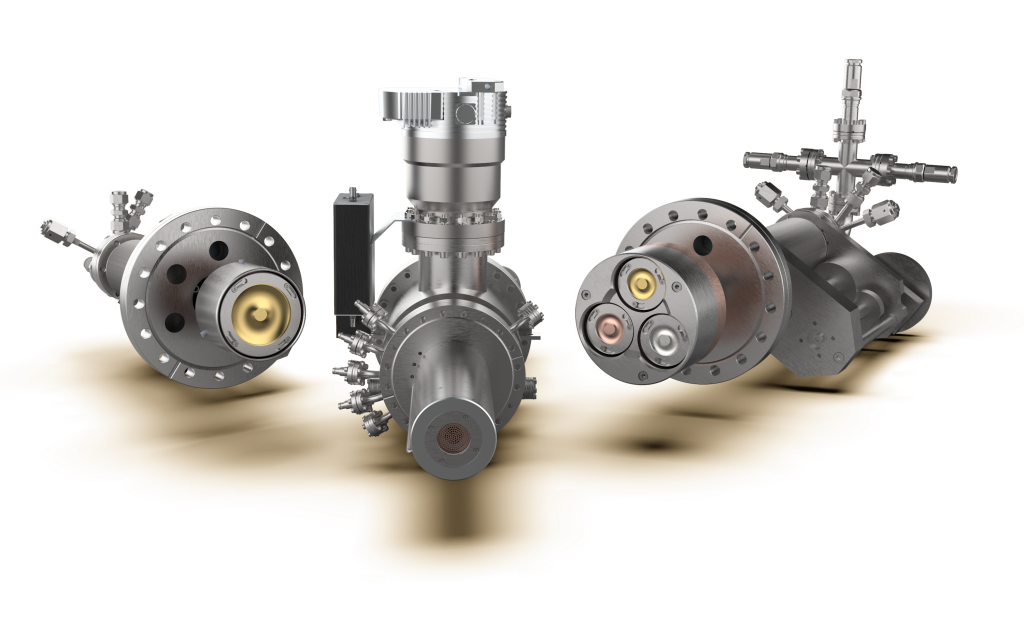Hydrogen fuel cells harness the chemical energy of hydrogen through an electrochemical reaction with oxygen. This process generates electricity without combustion, making it a clean, efficient and environmentally friendly alternative to traditional power sources. However, their widespread adoption faces challenges, particularly in finding cost-effective and durable catalysts to optimize their performance.
The Role of Platinum Catalysts in Hydrogen Fuel Cells
Catalysts are essential for speeding up the oxygen reduction reaction in hydrogen fuel cells. Platinum nanoparticles are the most prevalent catalyst materials due to the metal’s high catalytic properties. However, its high cost and durability limitations have hindered the mass commercialization of hydrogen fuel cells. Potential solutions to cost and stability issues include the deposition of Pt nanoparticles on carbon substrates, yet research in this area is ongoing.
Challenges in Using Platinum Nanoparticles as Catalysts
The major challenges in using Pt nanoparticles as catalysts in hydrogen fuel cells are their high cost and poor durability. The cost of platinum makes it difficult to justify a large-scale commercial shift away from existing technologies, while poor durability reduces the overall lifetime of fuel cells. To address these challenges, researchers are exploring alternative catalyst materials and investigating ways to optimize Pt nanoparticles to be more cost-effective and durable.
Addressing the Challenges: Optimizing Platinum Nanoparticles for Hydrogen Fuel Cells
Optimizing Pt nanoparticles for hydrogen fuel cells can be achieved through several approaches. One way is to improve their efficiency by refining particle size. Additionally, researchers are investigating alternative support materials, such as graphene, which could potentially enhance the durability and performance of Pt nanoparticles.
Another promising avenue is the development of platinum group metal-free catalysts, which could significantly reduce the cost of hydrogen fuel cell technology and make it more market competitive. Furthermore, it’s crucial to continue researching the synthesis and integration of platinum nanoparticles into fuel cells to optimize their performance and durability.
As the demand for clean and efficient energy sources grows, optimizing platinum nanoparticles for hydrogen fuel cells is a critical area of research. By addressing the challenges of cost and durability, and exploring alternative materials and novel catalyst designs, we can pave the way for a more sustainable and accessible energy future.
Pt Nanoparticle Solutions from Nikalyte
Nikalyte’s NL-DX3 deposition source is a game-changer, offering versatility by allowing up to three separate materials to be loaded, each controlled independently. This system enables individual deposition or simultaneous alloying of two or three materials, offering immense potential for creating core-shell structures. The NL-DX3 is designed to deposit ultra-pure metallic or compound nanoparticles (including oxides or nitrides) with exceptional control and flexibility. The vacuum deposition process guarantees nanoparticle purity, eliminating contamination typically found in chemical methods. Samples can be plasma cleaned before deposition, and the nanoparticle deposition can be combined with other standard vacuum techniques, like sputtering, to generate complex structures.
At Nikalyte Ltd, we are committed to providing high-quality nanoparticles and coating equipment for various applications, including fuel cell technology. Our experienced technical team is available to offer consultancy services and advice on nanoparticle applications and ultra-high vacuum systems. Together, we can contribute to developing innovative solutions in the field of hydrogen fuel cells and beyond.

